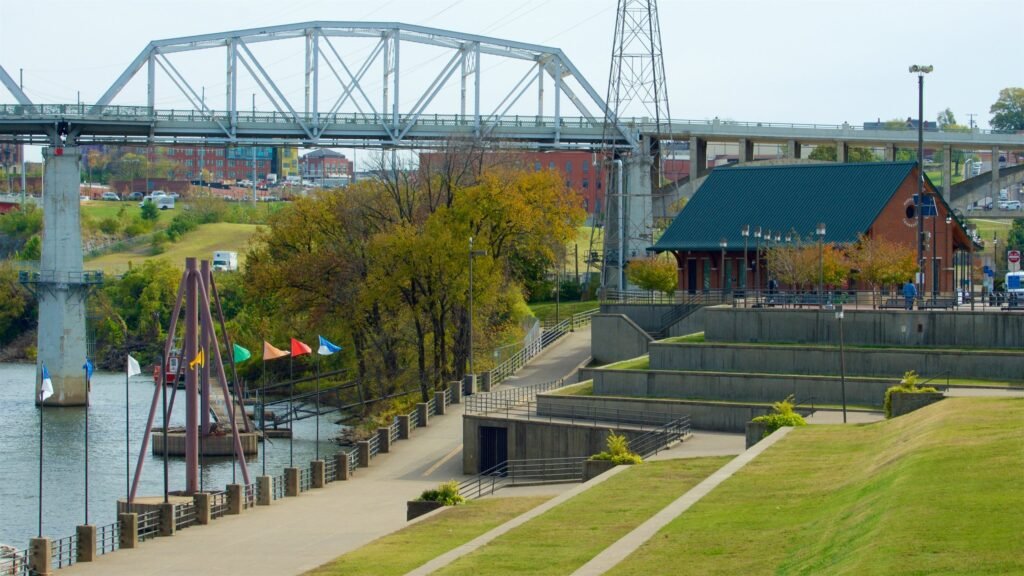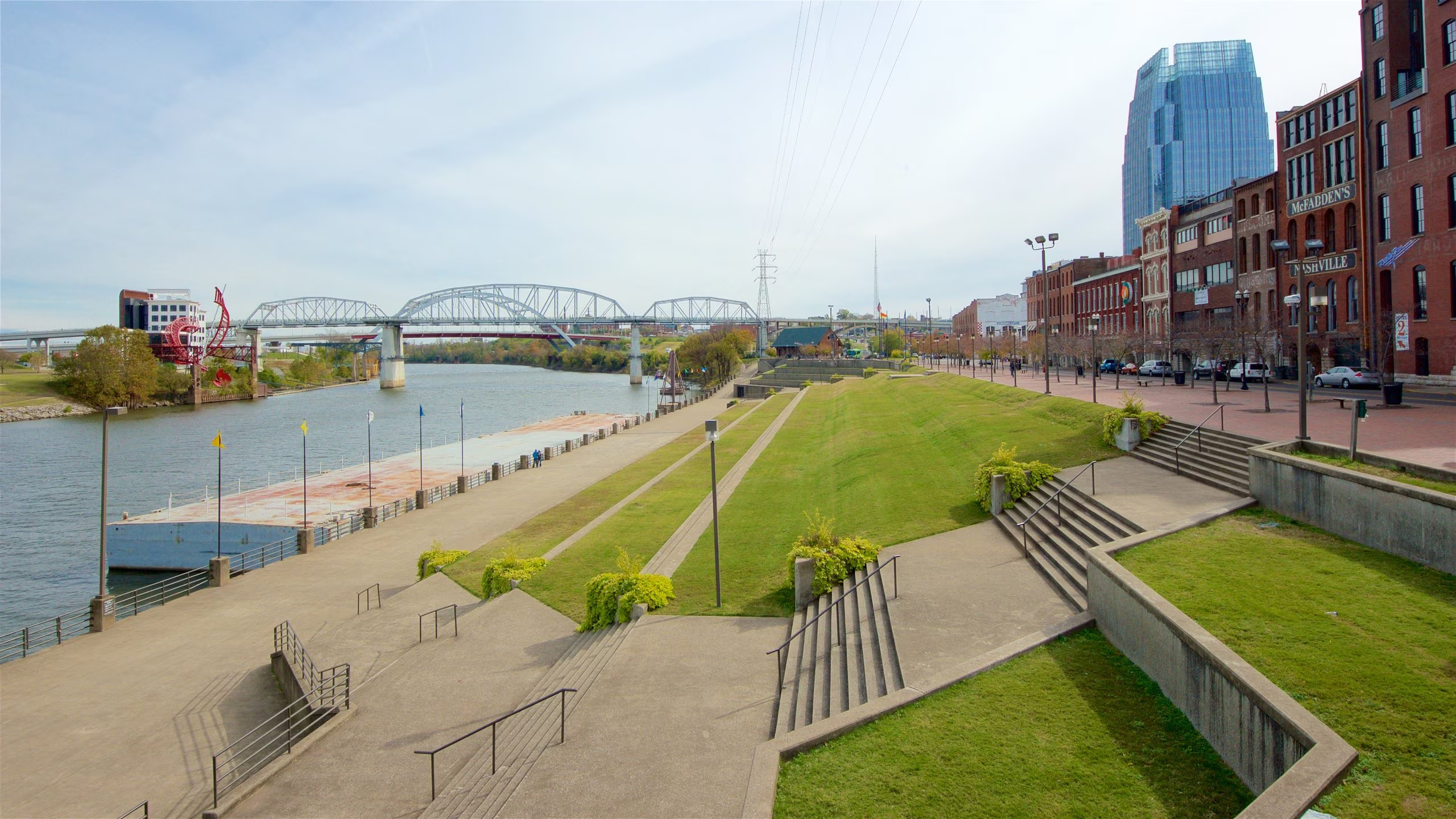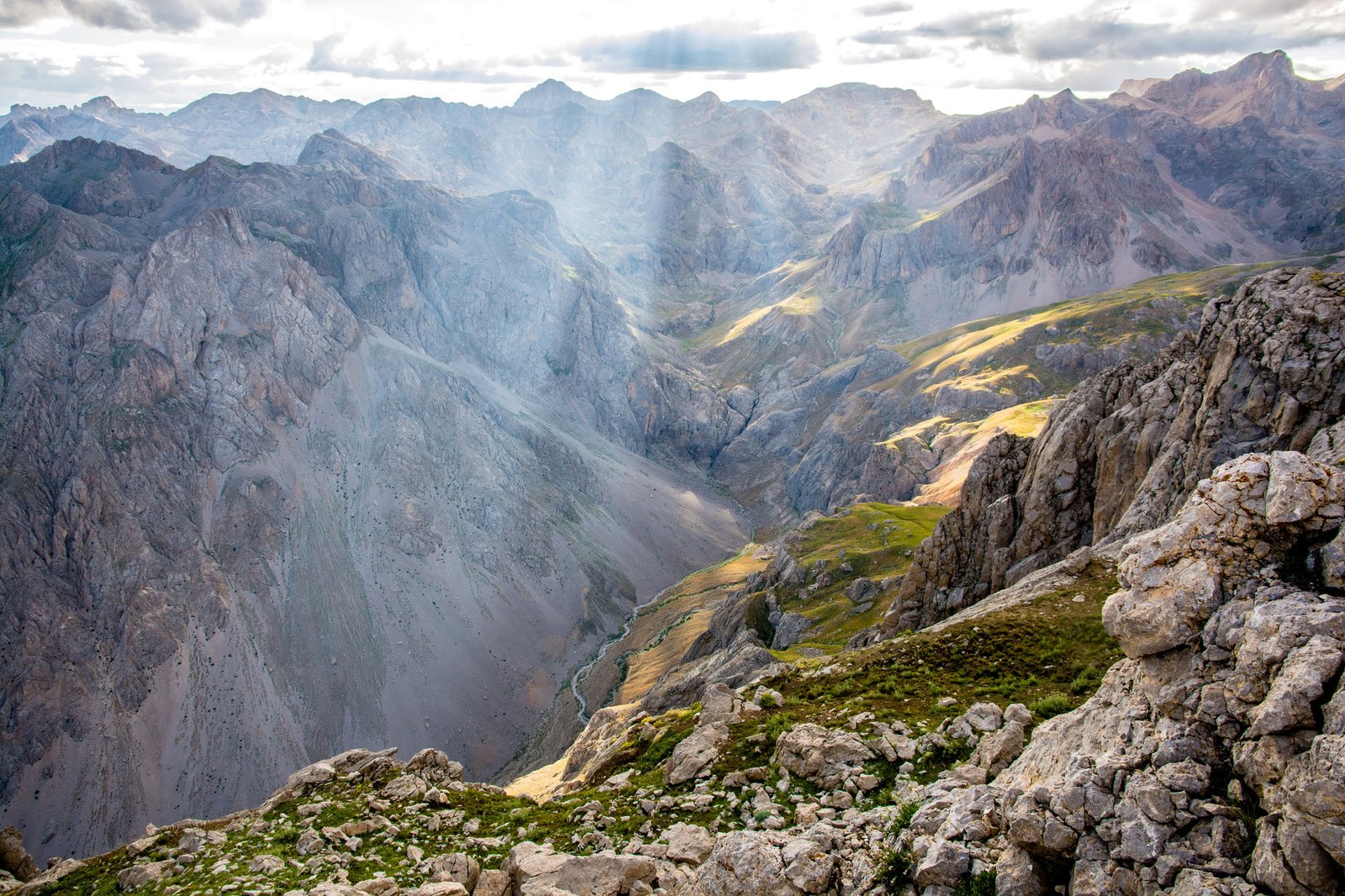Introduction
Gay Street and Cumberland River are two iconic landmarks that hold a special place in the heart of Tennessee. These sites are not just geographical features; they are deeply embedded in the region’s history, culture, and daily life. Whether you’re a history buff, a nature enthusiast, or someone looking to explore vibrant local culture, Gay Street and Cumberland River offer a rich tapestry of experiences.
Historical Background of Gay Street
Gay Street has a storied past that dates back to the early days of Knoxville. Established in the 1790s, this street quickly became a bustling hub of commerce and activity. Over the years, it witnessed significant historical events, from Civil War skirmishes to the civil rights movement. Walking down Gay Street today, you can almost feel the echoes of the past in its historic buildings and landmarks.
Cultural Significance of Gay Street
Gay Street and Cumberland River: Gay Street is more than just a street; it’s a cultural artery of Knoxville. It hosts some of the city’s most famous landmarks, including the Tennessee Theatre and the Bijou Theatre, both of which have played pivotal roles in the city’s artistic life. The street has been a cradle for various artistic and social movements, making it a beacon of culture and community spirit.
Gay Street Today
Gay Street and Cumberland River: Today, Gay Street is a lively and vibrant place, attracting locals and tourists alike. Modern-day attractions include a variety of shops, cafes, and restaurants that offer a taste of Knoxville’s diverse culinary scene. Annual events and festivals, such as the Dogwood Arts Festival and the Christmas Parade, draw large crowds and create a festive atmosphere year-round.

Exploring the Cumberland River
Gay Street and Cumberland River: The Cumberland River is a vital waterway that snakes through Tennessee, offering both natural beauty and historical depth. It has been a lifeline for communities along its banks, providing water, transportation, and a venue for recreation. The river’s picturesque landscapes make it a popular spot for photography, boating, and fishing.
Economic Impact of the Cumberland River
Economically, the Cumberland River has been a cornerstone of trade and transportation in the region. Historically, it facilitated the movement of goods and people, boosting local economies. Today, it continues to be a significant economic driver, with numerous development projects aimed at enhancing its commercial and recreational potential.
Environmental Importance of the Cumberland River
Gay Street and Cumberland River: The Cumberland River is home to a diverse ecosystem, supporting a variety of wildlife. Conservation efforts are crucial to maintain this delicate balance. Organizations and community groups are actively involved in protecting the river’s health, addressing challenges such as pollution and habitat destruction.
Cultural and Recreational Activities on the Cumberland River
From kayaking and canoeing to hiking along its scenic trails, the Cumberland River offers a plethora of recreational activities. Riverfront parks provide perfect picnic spots, while community events and festivals celebrate the river’s importance to local life. Whether you’re an adventurer or someone who enjoys a leisurely stroll, the river has something for everyone.
Connecting Gay Street and Cumberland River
Gay Street and Cumberland River: Historically, Gay Street and the Cumberland River have been intertwined, with the street serving as a gateway to the river’s activities. This connection is evident in cultural and economic collaborations, such as festivals that span both locations and projects aimed at enhancing the riverfront’s accessibility from Gay Street.
Tourism and Visitor Experience
Visitors to Knoxville should not miss exploring Gay Street and the Cumberland River. Key spots on Gay Street include historic theaters, art galleries, and eclectic shops. Meanwhile, the river offers scenic boat tours, fishing trips, and beautiful parks. Together, they provide a comprehensive and enriching visitor experience.
Local Stories and Anecdotes
The history of Gay Street and the Cumberland River is filled with fascinating stories. From the legendary performances at the Tennessee Theatre to the tales of riverboat journeys, these anecdotes add a personal touch to the historical narrative. Local personalities, such as prominent artists and activists, have also left their mark on these landmarks.
Impact on Local Identity
Gay Street and the Cumberland River are integral to Knoxville’s identity. They have influenced local arts, literature, and even the way residents perceive their city. The representation of these sites in media and popular culture further cements their importance, showcasing them as symbols of community pride and heritage.
Future Prospects
Looking ahead, Gay Street and the Cumberland River are poised for exciting developments. Upcoming projects aim to enhance their appeal and accessibility, ensuring they remain vibrant and vital parts of Knoxville. Community involvement and sustainable practices will be key to navigating the challenges and opportunities that lie ahead.
Conclusion
Gay Street and the Cumberland River are more than just landmarks; they are the lifeblood of Knoxville, embodying its history, culture, and spirit. Whether you’re exploring the historic theaters on Gay Street or enjoying a peaceful afternoon by the river, these locations offer a unique glimpse into the heart of Tennessee.
FAQs
What is the best time to visit Gay Street and the Cumberland River?
The best time to visit is during spring and fall when the weather is pleasant, and numerous events and festivals take place.
Are there any guided tours available?
Yes, there are several guided tours available that cover the history, culture, and scenic beauty of both Gay Street and the Cumberland River.
How can I support local conservation efforts?
You can support conservation efforts by participating in community clean-up events, donating to local environmental organizations, and promoting sustainable practices.
What are some hidden gems to explore?
On Gay Street, don’t miss the hidden art galleries and quaint cafes. Along the Cumberland River, explore the lesser-known trails and quiet fishing spots for a peaceful retreat.
How have Gay Street and the Cumberland River evolved over the years?
Both have evolved significantly, with Gay Street transforming into a cultural hub and the Cumberland River playing a vital role in economic development and recreation. Their evolution reflects the dynamic changes in Knoxville’s landscape and community.




